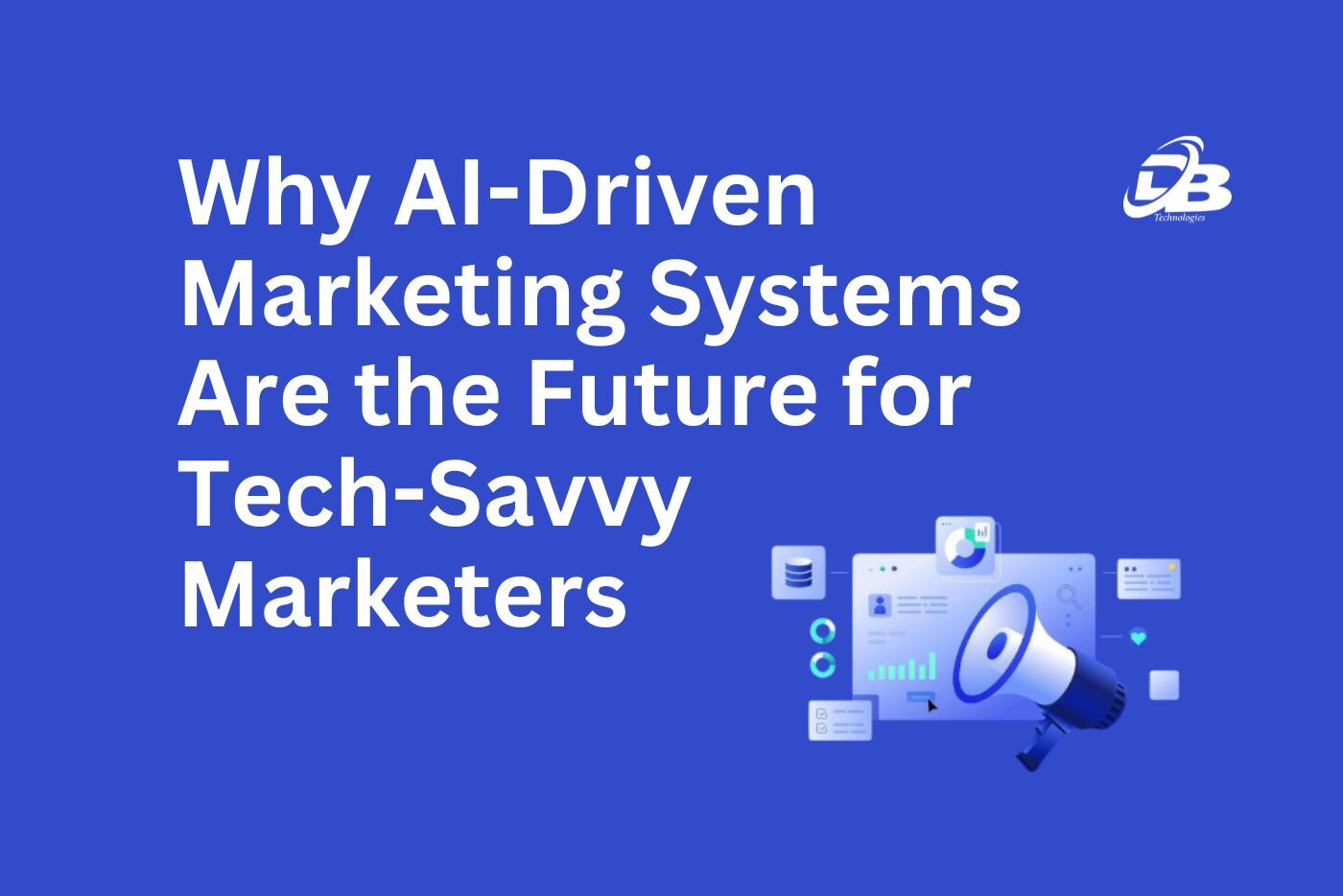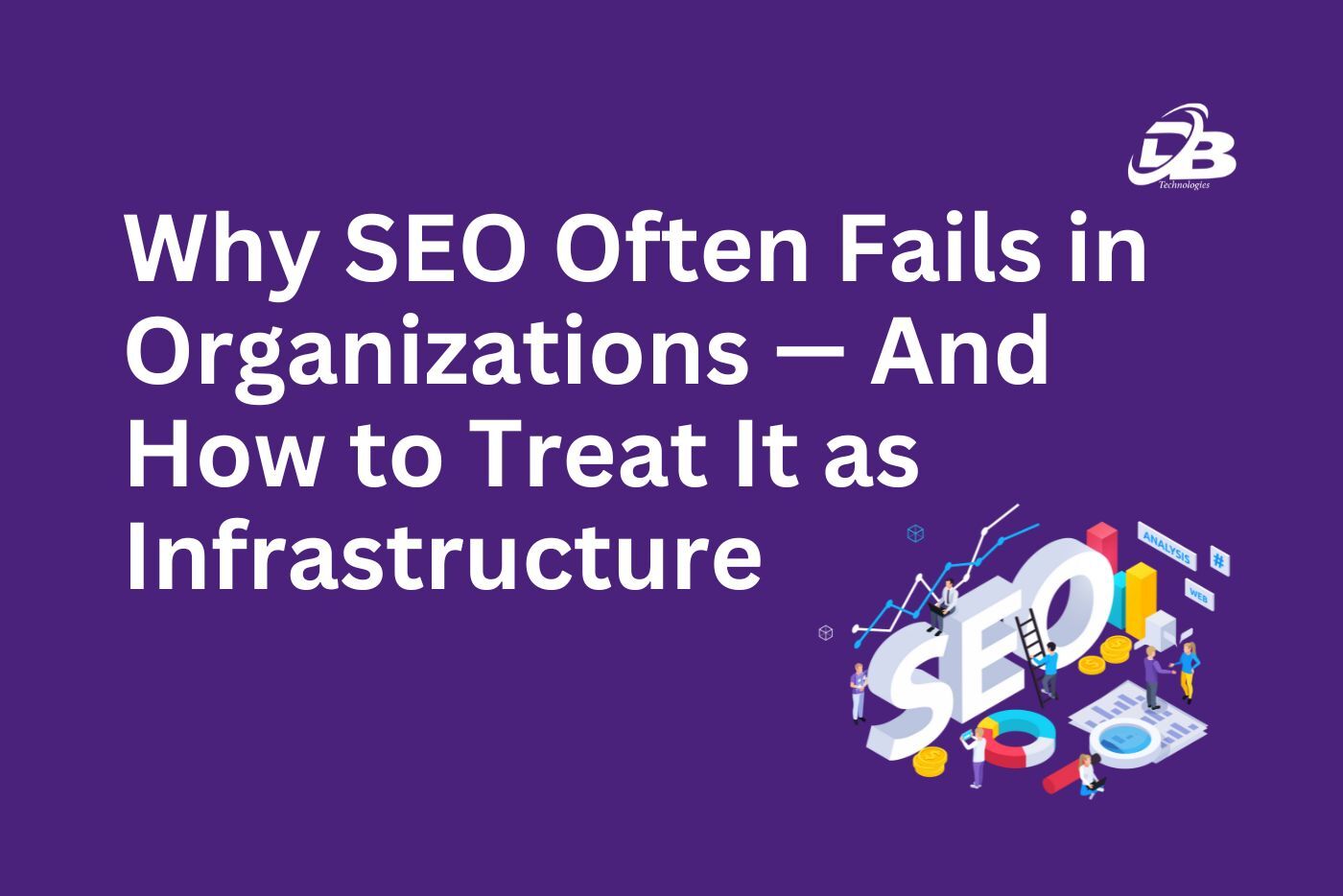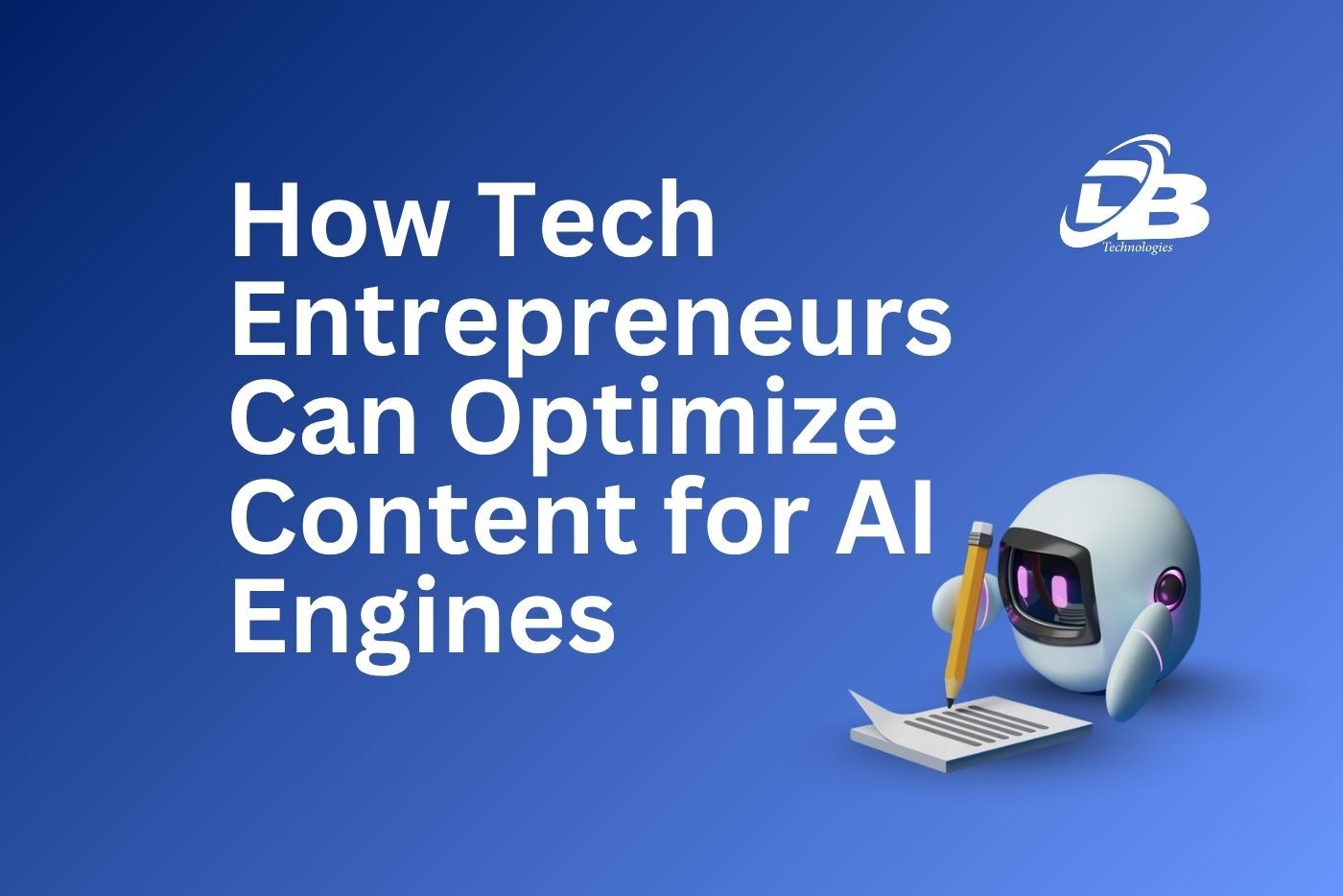
With SEO’s evolution barreling forward, every year brings a new set of priorities. As we approach 2025, these SEO strategies are set to make a big difference in how websites are ranked and perceived. This guide takes an expert look at each priority, offering actionable tips and insights to help you align your website with SEO best practices that AI detectors and users alike will find valuable.
1. User-First Content That Encourages Positive Click Behavior
What It Is:
Users-first content is now the standard when it comes to optimization. This approach is about focusing on user needs, interest, and problem areas rather than merely on Search Engine requirements. However, positive click behavior indicators such as low bounce rates, high conversion rates and time spent with the content assure search engines that users find the content useful.
How to Implement It:
- Craft Compelling Headlines and Meta Descriptions: Choose a message that will connect with the audience as soon as possible. For instance a headline such as ‘5 Tips on How to Cut Your Vacation Costs.’ Meta descriptions should further engage the interest most of the time with specific calls to action telling the user what to expect to learn or get if they will click.
- Intent-Focused Content Development: It can be stated that user intent is the base of successful content. Ensure that content on each page answers the user’s intent, whether it’s to find a solution in a few hours or several days, a guide, or product recommendation. This could mean having other pages for other intents (for example you’ll have website pages that are strictly for informational intents like the “How To” page and website pages strictly for transactional intent like the “Best Products” page).
- Interactive Content: Use formatting as the call to action through buttons such as a quiz, calculator, poll, or the like. It not only makes the users stay full engaged but also tell us how well users are engaged to enhance the strategies that are being used.
2. Behavior Mapping: Defining a Healthy Session
What It Is:
The process of behavior mapping means analysing what a ‘healthy’ user looks like and behaves like. This entails time being spent on a page, number of pages per visit, CTR on internal links and other engagements made and with which specific functional component. Knowledge of such conducts assist in optimally arranging the site to provide lengthened user attention.
How to Implement It:
- Key User Actions: Determine what behaviors concern yourself most together with your site\’s aims and objectives. For an e-commerce website, example of interaction points are the multiple product pages, the cart and the search bar. For a blog it could be something like going to other related posts or to share buttons.
- Session Path Optimization: Always make sure that the user has way-finding options which allow them to look for more content on your site. For instance, if most users navigate to a given blog and only read a post, there could be an indication that they are not interested in other content and thus encouraging them to view other articles is counterproductive, or if users stop interacting immediately after viewing, a CTA at the bottom of the page may nudge them to click.
Utilize Analytics Tools: Using Google Analytics and Hotjar, and many others, one can monitor certain parameters that will indicate how users interact with your website. They say heat maps and session recordings should be used to recognize areas where users tend to abandon the site or lose interest.
3. UX Adaptation in Line with Behavior Mapping
What It Is:
Design should specify concerning User experience (UX) based on Behavior Mapping insights. Optimizing UX entails minor modifications in site features, layout, and navigation, as well as content arrangements so that sessions are engaging to retain users.
How to Implement It:
- Responsive and Intuitive Design: Responsive and Intuitive Design: With the trends continuing even stronger, a mobile-first design strategy known as responsive design is important. People should be able to interact, find services and product information with similar ease across different and any device. If, for instance, your audit indicates that users tend to drop out on forms when accessing them with the help of a mobile device, it may be best to make the forms less complicated.
- Improve Site Speed: A lagging site kills user engagement. Use Google’s PageSpeed Insights and prioritize eliminating render-blocking resources, optimizing images, and leveraging browser caching to keep pages loading quickly.
Clear and Engaging CTAs: If users struggle to navigate, consider simplifying your CTAs and making them more prominent. Use action-oriented language like “Explore More” or “Shop the Collection” to guide users on what to do next.
4. Rendered Output Optimization
What It Is:
Rendered output refers to how your page appears to Google’s crawlers, as Google now renders and evaluates content in the same way users see it. Ensuring your rendered output is readable, easy to navigate, and visually appealing is key for ranking well.
How to Implement It:
- Avoid “Text Walls”: Dense blocks of text are off-putting. Instead, break up content with headings, bullet points, and images to keep it skimmable. Think of this as making the content snackable so users can digest it quickly.
- Media Embeddings: Use images, videos, and infographics where relevant to make the page more dynamic. Media can help illustrate points and boost engagement, particularly for visually-oriented users.
Optimize Content Positioning: Place crucial information “above the fold,” so users don’t have to scroll to find it. Be mindful of primary devices; for mobile users, avoid sidebar content that may not be visible without scrolling.
5. Unique Added Value (UAV)
What It Is:
Unique Added Value means creating content that goes beyond generic information, offering something distinctive that other sites don’t. This could be a novel take on a topic, unique tools, or additional resources like interactive guides.
How to Implement It:
- Exclusive Insights and Original Research: Conduct surveys or gather exclusive insights relevant to your industry to provide fresh, unique data. For example, a home improvement website could create a tool that estimates renovation costs based on location.
- Interactive Tools and Calculators: Tools like mortgage calculators, quiz content, and interactive timelines provide value that static content can’t.
Unique Product Descriptions for E-commerce Sites: If you’re in e-commerce, go beyond the manufacturer’s description. Create unique, persuasive product descriptions that address common questions and highlight the unique aspects of each product.
6. Content Information Compression
What It Is:
In a time-poor world, users expect high-value content without the fluff. Information compression means communicating more with less by focusing on concise, powerful content that respects users’ time.
How to Implement It:
- Short, Focused Paragraphs: Avoid lengthy explanations; instead, be direct and clear. Use simple, strong language to get your point across.
- Visual Summaries and Infographics: Use charts, infographics, or summary sections at the top of the page to give readers an overview before they dive deeper.
Short Form Videos: Adding short, snappy videos to your pages can keep users engaged while delivering information quickly and efficiently.
7. Content Tone of Voice and Writing Perspective
What It Is:
- Your content’s tone of voice should resonate with your audience, creating a connection that keeps them reading. Matching the perspective to the user’s search intent also impacts how well your content meets user needs.
How to Implement It:
- Persona Development: Create detailed profiles of your target audience, covering demographics, preferences, and pain points, so your content speaks directly to their interests.
- Match Tone to Intent: For example, if users are researching “best accounting software for small businesses,” use a helpful, authoritative tone to provide a sense of reliability.
8. Topical Coverage & Authority
What It Is:
SEO favors sites that show expertise on a topic by thoroughly covering related subjects. Demonstrating topical authority improves search engine rankings and increases user trust in your brand.
How to Implement It:
- Develop Topic Clusters: Create a central “pillar” page around a broad topic, supported by subpages that address related aspects in more detail. For instance, a central page on “Digital Marketing” could be supported by pages on “SEO,” “Content Marketing,” and “PPC.”
- Internal Linking for User Flow: Use internal links to guide users through related pages naturally, encouraging deeper engagement and reinforcing topical relevance for search engines.
Addressing Intent Thoroughly: Each piece of content should answer all relevant questions users may have about a topic, ensuring they don’t need to look elsewhere for information.
9. Content NLP (Natural Language Processing)
What It Is:
Google uses NLP to understand context, nuance, and relevance in content. By aligning content with natural language, you can improve visibility in search for users asking more complex questions.
How to Implement It:
- Incorporate Conversational Phrasing: Answer questions directly and naturally. Think about how users might phrase queries in voice search and adjust your content accordingly.
- Use Synonyms and Related Phrases: Avoid keyword stuffing and instead use synonyms and natural variations to create a conversational tone.
10. Visual Interaction Tools (Click Maps, Heat Maps)
What It Is:
Tools like click maps and heatmaps give insight into how users interact with a page. This data can inform adjustments to layout and content positioning for maximum engagement.
How to Implement It:
- Highlight Popular Sections: Use heatmap data to place important CTAs and links where users tend to click most.
- Optimize Content Layout: If heatmaps reveal users aren’t reaching the bottom of your page, consider reordering sections to put essential content first.
Address Accessibility Gaps: Make sure crucial information and interaction points are accessible on all devices.
11. Building Brand Value (BSV) and Community
What It Is:
- Brand value and a sense of community build trust and repeat engagement, which can improve both direct and organic traffic over time. In SEO terms, this means cultivating a consistent brand image that encourages loyalty.
How to Implement It:
- Community Engagement on Social Media: Regularly interact with followers, reply to comments, and encourage user-generated content to create a supportive, active community around your brand.
- Deliver Consistent Value: Offer exclusive content, early releases, or special events that add value and make users feel part of a community.
12. Refined Link Earning through Value-Driven Content
What It Is:
Link earning is a natural, effective method of acquiring backlinks by producing valuable content that others want to reference. In 2025, “earning” links through meaningful, educational, or entertaining content will outweigh traditional link-building strategies.
How to Implement It:
- Educational Resources and Guides: Create comprehensive guides, tutorials, and whitepapers that answer industry-specific questions. If you can offer something informative that’s hard to find elsewhere, your content will naturally attract backlinks.
- Digital PR Campaigns: Leverage digital PR by pitching relevant media outlets and industry influencers with high-value content like case studies, original research, and infographics.
Encourage User-Generated Content: User reviews, testimonials, or social media content can create natural backlinks when users share and link back to your site. This is particularly effective if you run campaigns that encourage sharing.
13. AIO (AI-Optimized) Content Snippets
What It Is:
AIO, or AI-optimized content, refers to short, fact-driven snippets within your content that can be easily parsed by AI models like ChatGPT or Bard. As AI continues to assist users with quick answers, these snippets make it easy for your content to be cited in AI-generated responses.
How to Implement It:
- Direct Answer Snippets: Provide straightforward answers to popular questions related to your niche, similar to FAQ sections but with specific, concise, and clear language.
- Segment Content with Headings and Bullet Points: Organize content into digestible chunks that AI can easily interpret, like numbered lists or bullet points for quick insights.
Ensure Factual Accuracy: Since AI heavily relies on high-accuracy data sources, verify all information in these snippets to ensure AI platforms consider it trustworthy.
14. AI Platform Traffic: Becoming a Cited Source
What It Is:
AI-powered platforms are influencing how people search, and being cited by these platforms will increasingly drive traffic. By creating reputable, high-quality content, you become a reliable source that AI models can reference.
How to Implement It:
- High-Quality, Authoritative Content: AI models prioritize credible sources, so prioritize accuracy, depth, and value in your content.
- Schema Markup for Rich Data: Schema markup helps AI and search engines understand your content context. Using structured data, mark content clearly to show you are a reputable source for AI to cite.
Increase Topic Coverage Depth: For example, a company specializing in tech reviews can achieve AI citations by offering comprehensive, in-depth reviews that answer common questions in the tech sphere.
15. Strict Content Management Policies
What It Is:
- SEO no longer rewards sites that simply churn out content. Instead, a blended content management strategy that emphasizes updating existing content and strategically creating new content will better serve both users and search engines.
How to Implement It:
- Content Audits and Updates: Regularly audit content for accuracy, relevance, and search performance. Update outdated information and add recent insights to keep content valuable.
- Prioritize High-Impact Topics: Before creating new content, evaluate if it truly adds value or if similar topics are already well-covered. Focus only on topics that bring something fresh to the table.
Blend New and Updated Content: Strike a balance between adding new pages and refining old ones. This could mean updating seasonal content, adding recent stats to evergreen pages, or refreshing popular articles with new angles.
16. Elevated Structured Data Adoption
What It Is:
Structured data is becoming increasingly sophisticated, and adopting rich data formats allows search engines to understand your content context. Enhanced structured data improves SERP visibility by enabling search features like featured snippets and rich cards.
How to Implement It:
- Apply Schema Markup Beyond Basics: Go beyond standard schema like Product or Article and explore types like FAQ, HowTo, or Event for enhanced SERP presentation.
- Optimize for Voice Search: Structured data helps voice search applications provide users with direct answers. For example, mark frequently asked questions with FAQ schema to increase the chance of appearing in voice search results.
Test Schema Regularly: Use Google’s Structured Data Testing Tool to ensure your schema is correctly implemented. Fix any errors or warnings to maintain rich snippet eligibility.
17. Visual Interaction Through Click Maps and Heat Maps
What It Is:
- Click maps and heat maps are tools that provide visual data on user interactions with your website. They show where users are clicking, scrolling, or lingering, which can reveal the strengths and weaknesses of your page layout. By analyzing this data, you can optimize key elements on the page to enhance user experience and align with behavioral mapping.
How to Implement It:
- Identify Key Areas of Engagement: Use heat maps to locate the sections where users spend the most time. For example, if users often click on a specific area that doesn’t lead to relevant content, consider adjusting that section to include a more meaningful call to action.
- Optimize Placement of Conversion Elements: Click maps help determine if your calls-to-action (CTAs) are positioned effectively. If users aren’t clicking on CTAs in the expected areas, consider repositioning them to more prominent spots or rewording the text to increase clicks.
Assess Content Order and Visual Hierarchy: Heat maps can reveal whether users are scrolling through or ignoring sections. Content that’s frequently bypassed may need to be repositioned or condensed to keep users engaged throughout the page.
18. Building Brand Recognition and Community Engagement
What It Is:
- Brand building is about more than driving traffic. It involves creating a recognizable identity and cultivating a loyal audience. In 2025, brands that engage their audience through positive brand culture and community-building efforts will enjoy greater visibility in search engines, not to mention increased user loyalty.
How to Implement It:
- Leverage Social Media Channels: Amplify brand recognition by creating content specifically tailored to your audience on platforms like Instagram, Twitter, or LinkedIn. Sharing updates, tips, or industry insights will keep your brand top of mind.
- Build Community with User-Generated Content: Encourage users to share their experiences with your product or service. Testimonials, reviews, and social shares are powerful tools that enhance trust and credibility.
19. AIO (Artificial Intelligence Optimization) for SEO Content
What It Is:
AI-optimized content involves creating shorter, fact-based snippets that AI models like ChatGPT or Bard can incorporate into their responses. This approach is increasingly valuable as more users turn to AI for quick answers, and being featured in these responses could become a significant traffic driver.
How to Implement It:
- Include Snippets for Direct Answers: Break up content with small, concise segments that answer common questions directly, increasing the chances of being cited by AI platforms.
- Use Structured Data for AI Readability: Implementing schema markup like FAQ or HowTo schema makes your content more accessible and understandable for AI, boosting your chances of citation.
Prioritize Factual Accuracy: AI platforms look for reliable sources, so every snippet should be well-researched and factually correct to build trust and visibility.
20. Strict Content Management Policies
What It Is:
- In the SEO landscape of 2025, maintaining quality over quantity is key. A blended content management strategy emphasizes updating and optimizing existing content to keep it relevant, rather than continually producing new pieces that may dilute your authority.
How to Implement It:
- Conduct Regular Content Audits: Assess each page’s performance and relevance. Update outdated statistics, revise phrasing, and ensure that information reflects current trends and insights.
- Refine Content with Proven Value: Rather than creating multiple pages on similar topics, consolidate content to cover a topic comprehensively, demonstrating topical authority.
Adopt a Balanced Content Schedule: Split your content strategy between creating new content and updating high-value legacy content. This approach not only keeps existing content fresh but also ensures it stays aligned with search intent and new search algorithms.
21. Advanced Structured Data Adoption
What It Is:
Structured data enables search engines to understand your content’s purpose and context more deeply. Beyond basic schemas, implementing advanced structured data can make your content more visible in search results by qualifying for rich results like carousels, FAQ snippets, and featured snippets.
How to Implement It:
- Implement Topic-Specific Schema Markup: Depending on your industry, use schemas like Product, FAQ, or HowTo for enhanced search visibility. Specialized schema types increase the chance of capturing users at various points in their search journey.
- Add Schema to Support Visual Results: If your page includes videos or images, use VideoObject or ImageObject schema to improve multimedia indexing and potentially appear in Google’s image and video results.
Additional SEO Factors to Watch
Google's Chrome Data and Behavior Histograms
Chrome’s privacy settings reveal Google’s ability to analyze user browsing data, which is collected to improve predictions and suggest relevant content. In practice, this means Google can assess not only keyword relevance but also user engagement with your content as a measure of quality.
Key Takeaways for SEO in 2025
- Focus on User-First Content: Prioritize engaging, high-quality content that aligns with user intent and encourages meaningful interaction.
- Adopt Behavioral Mapping and UX Optimization: Design pages that reflect and adapt to ideal user behaviors, improving both experience and SEO outcomes.
- Integrate Unique Added Value (UAV): Differentiate with unique insights, interactive content, and personalized experiences that stand out from competitors.
- Optimize for AI and Structured Data: As AI’s role in search grows, ensure your content is structured, precise, and easily readable by both users and machines.
- Build Brand and Community Trust: Engage audiences through meaningful interactions and social proof to build a loyal following and enhance brand visibility.
- Emphasize Content Quality and Maintenance: A refined content management strategy that values updating over mere production will maintain authority and relevance.
By following these advanced SEO practices, you’ll not only stay ahead in search rankings but also create a lasting impact that resonates with users. Each of these strategies is designed to create a cohesive, engaging experience that satisfies both user expectations and evolving search algorithms, setting you up for success in 2025 and beyond.












